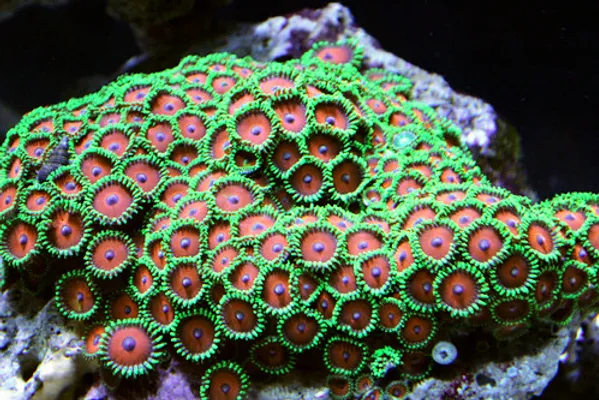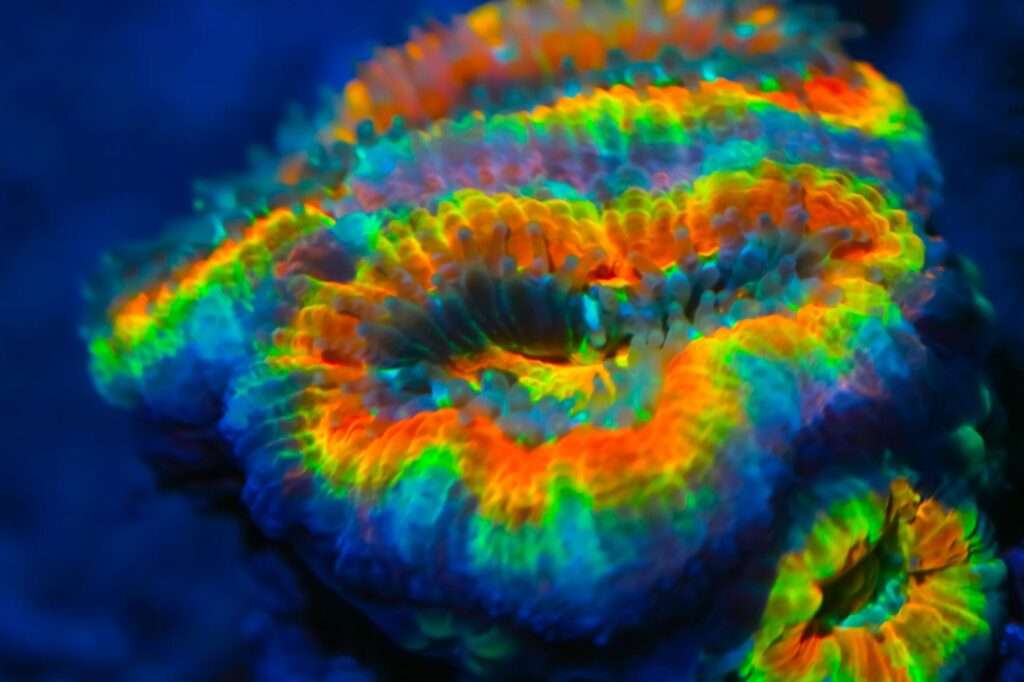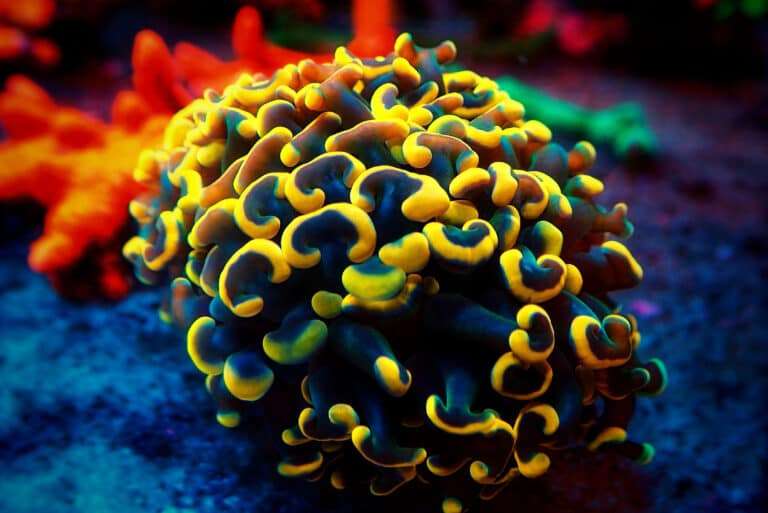
One of the huge, single-polyp stony corals with a circular or doughnut form is the button coral. The Button Coral, Acanthophyllia deshayesiana, is the only species in the Acanthophyllia genus at the moment. And what a journey the classification of the Button Coral has been in terms of science. This species has been moved around from one genus to another before being placed in its own, Acanthophyllia.
Habitat
Michelin first identified the sole species of this genus, Acanthophyllia deshayesiana, in 1850. Wells first defined the genus in 1837. In captivity, the A. deshayesiana has been bred.
As more research on the skeleton and flesh of C. deshayesiana was conducted, it became clear that the species might not genuinely belong to the Cynarina genus.
The Red Sea and the central Indo-Pacific Ocean are home to the A. deshayesiana. The A. deshayesiana live in protected reef habitats and are occasionally discovered on soft substrates with gentle currents or stuck to rocks under overhangs.
Morphology
The Acanthophyllia deshayesiana has a broader, flatter, and more irregular oval or circle in its skeletal structure than Scolymia. Their sharp, powerful septal teeth are present. They lack the “bubbly” and fleshiness of other Mussid species that resemble donuts. They can form colonies with one or more centres or can grow as a lone polyp. It is probable that specimens discovered in tropical waters are colony and solitary, respectively. At night, feeder tentacles emerge.
In Captivity

- Feeding
Similar to other large polyp stony (LPS) corals, A. deshayesiana has evolved a number of feeding techniques. They get some of their nutrients from a marine alga called zooxanthellae through a symbiotic interaction. They can also take in dissolved organic substances and planktonic creatures as well as food particles from the water column. When tentacles are present, feed at night, or provoke hunger with shrimp or fish juice. They will develop more quickly if fed once a week or more, as is normal for the genus. When fed, they frequently change into strange shapes.
- Social Interactions and Compatibility
The A. deshayesiana is calm and accepting of other species. Due to its lack of aggression, this coral must be maintained away from other corals. Although they can sting others, they are almost certainly the ones who will lose. Similar to other members of this family, they might be harmed by soft coral toxin exposure. They might eventually die in a tank with lots of soft corals. There is a problem if there is no expansion. Carbon usage could be beneficial.
Table





